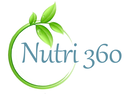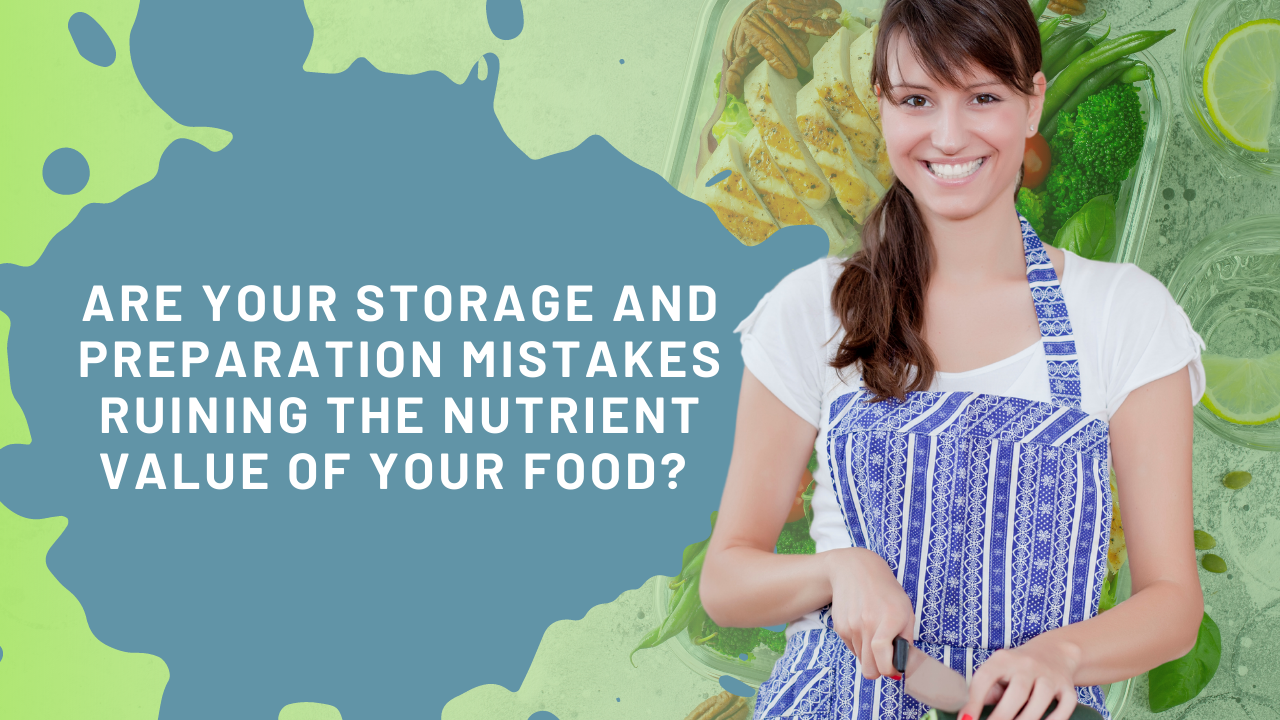|
Are you looking for ways to boost the nutrient value of your food? Don't worry, you're not alone. Many people are interested in getting the most from their meals. Fortunately, there are some simple things you can do to increase the nutrient content of your food. In this blog post, we'll discuss some tips for preparation and storage that will help you get the most nutrients from your food. Stay tuned! These are some of the most common questions we get every day in our clinic: “Is there a way to increase the nutrient values of food? Are our frozen foods as good as fresh?”
A lot of people are not getting all the nutrients their body needs from the food they eat. This is because our diets have changed and we now eat a lot of processed foods that don't have many nutrients. However, there are some simple things you can do to make sure you get all the nutrients you need. These include preparing and storing your food in a certain way. Blueberries Frozen blueberries are very convenient. These are a lot more convenient for when we make smoothies and make them ingredients in baking. Moreover, frozen blueberries are much cheaper than getting fresh blueberries daily. Generally, When berries are frozen, there's an antioxidant compound called anthocyanin that's in the skin of the berries. It is what gives them their color. Anthocyanin is potent and good for our bodies. Anthocyanins have many benefits, including preventing heart disease, cancer, and diabetes. They also have anti-inflammatory and antimicrobial effects. Its bioavailability is increased when we freeze berries. Indeed, this is a time when frozen berries have more benefits than fresh ones. Of course, you will want to have them organic. Cruciferous vegetables such as broccoli We want these types of food as fresh. The frozen ones still has loads of good nutrients and fiber, but not the potency of that detoxifying compound sulforaphane as the fresh broccoli does. Sulforaphane is a nutrient that is found in dark green vegetables like broccoli, Brussels sprouts, and cauliflower. Sulforaphane is a powerful chemical that helps protect your body against cancer. Tomatoes Cooking tomatoes is one of the best ways to increase lycopene intake. Lycopene is an antioxidant-like flavonoid that is beneficial for heart health. When preparing tomatoes for optimal nutrition value, it is important to cook them gently. Excessive heat can destroy lycopene. For example, studies have shown that when tomatoes are stewed for 30 minutes, there is a significant increase in lycopene availability compared to when they are baked or fried at higher temperatures. These findings suggest that cooking tomatoes at lower temperatures for longer periods may help preserve their nutritional value. Carrots Carrots are a very common food that many of us eat on an everyday basis. beta carotene, which helps with healthy skin and eyesight also increases when cooked - this means we get more potent versions than if they were raw. On top of this interesting discovery about carrots, there's another reason why you should consider boiling your veggies: lower sugar content levels due to cooking reduce inflammation in our bodies caused by high concentrations found naturally within these fruits/vegetables as glucose or fructose molecules respectively. Now, this is no way to say that cooked carrots and tomatoes are better than raw. But if you want to increase the potency, having them cooked is the way to go. Garlic The allicillin in garlic can take on some tough foes when it's ready for battle. To unleash its superpowers, just chopping or crushing the cells within will release this compound which helps prevent infection and boosts your immune system! So what do you think? 10 minutes before cooking time - set 'em up then add onto the dish (with plenty leftover). Allicillin may help prevent certain cancers. Additionally, it is thought to help lower blood sugar, cholesterol, and blood pressure levels. Some people also believe that allicin supplements have few risks. Soaking and sprouting nuts seeds, grains, and legumes Soaking and sprouting nuts seeds, grains or legumes is a great way to reduce phytates. These compounds bind with nutrients that prevent them from being absorbed into the body - which means less absorption of important minerals like calcium. We want to soak these foods for at least an hour if possible but overnight works too (especially true with rice). You can also load up your cooking pots beforehand by adding more water; once cooked remove all juices containing excess arsenic while throwing out any unused stock Also soaking rice reduces arsenic. That's right: Rice is high in arsenic. If you soak it for 20 minutes to an hour before cooking, that’ll reduce it. Are you making food preparation and storage mistakes? If so, it's time to make a change. By following the simple tips we've provided, you can increase the nutrient value of your food and improve your overall health. And if you're interested in learning more about how to eat for optimal health, be sure to schedule a free discovery call with our team. We'd love to help you create a healthy diet that meets your specific needs. Thanks for reading! If you haven’t joined our Private Facebook Group, please do HERE If you’re looking for a more natural way to manage your health, please contact us for a discovery call to see if our approach would be appropriate for your situation. DISCLAIMER: The information in this email is not intended nor implied to be a substitute for professional medical advice, diagnosis or treatment. All content is for general informational purposes only and does not replace a consultation with your own doctor/health professional
0 Comments
Leave a Reply. |
Archives
November 2023
Categories |

